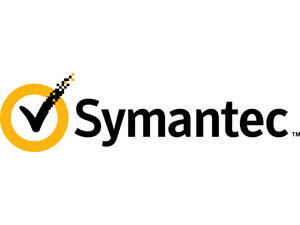Symantec unveils new strategy; takes on massive reorg, cuts middle management

It's never good when a company feels compelled to issue a press release stating that it has a new strategy, but that's what security stalwart Symantec did a moment ago, emphasizing how the new direction will "deliver significantly improved performance for customers and partners."

To be fair, its quarterly financial results--also released today--weren't that bad. Good, even. But it's clear that chief executive officer Steve Bennett needs to reassure observers that the company has answers for a changing marketplace.
First, the financial results.
Symantec reported third-quarter earnings of 30 cents per share (non-GAAP earnings: 45 cents per share) on revenue of $1.79 billion, up 4 percent from a year ago. Wall Street was looking for non-GAAP earnings of 38 cents per share on revenue of $1.73 billion.
Security and compliance revenue in the third quarter was up 3 percent from a year ago; storage and server management showed revenue growth of 8 percent; and services jumped 10 percent. Consumer revenue was flat compared to a year ago.
Now, the new strategy.
The plan breaks down into 10 focus areas and is expected to take "six to 24 months" to execute.
The big 10:
Mobile workforce productivity
Norton Protection
Norton Cloud
Information security services
Identity/content-aware security gateway
Data-center security
Business continuity
Integrated backup
Cloud-based information management
Object storage platform.
The three customer needs on which it's focusing make it simple to be productive and protected at home and work; keep businesses safe and compliant; and keep business information and applications up and running.
The goal: develop new products and services for unmet or underserved needs while improving existing products and services. (Arguably, this is every growing business' mission.)
In practice, Symantec will begin to offer integrated offerings with an eye toward mobility and the cloud. It will boost research and development to develop those new products and enter strategic partnerships to plug product gaps, all while returning half of its free cash flow back to investors.
The biggest changes will be internal.
At the top, a new "Office of the CEO" group--a presidential cabinet, essentially--will put Symantec's CEO, CFO, COO, and president of products and services together to "make collective operational and functional decisions...on a daily basis."
Functional heads--HR, finance, legal, sales--will now report directly to the CEO. The heads of IT, marketing, communications, and technology will also report into the CEO, though the company's wording suggested that the latter are a separate group of "extended staff."
In the middle, the company will "rely heavily" on the channel to manage current customers so its sales force can pursue new business. Additionally, the marketing group will receive investment.
At the bottom, the company said it wants to tear down some of the hierarchy and give "front-line employees greater empowerment, input, and discretion in addressing customers' needs on a day-to-day basis."
Translation: Middle management will see layoffs through June. How many, it didn't specify.
"This is a story about more focus and better execution by Symantec to make things better and easier for our customers and partners," Bennett said.
The company did provide granular goals, citing targets of "more than 5 percent organic revenue growth" and "non-GAAP operating margins better than 30 percent" over the next two to three years. The company said it plans to make preparations--and therefore will see modest revenue growth--through 2014 in exchange for stronger growth (more than 5 percent) between 2015 and 2017.
"We have the infrastructure...we also have the expertise...it's a question of alignment and regaining focus on the current and future needs of customers," Bennett said.